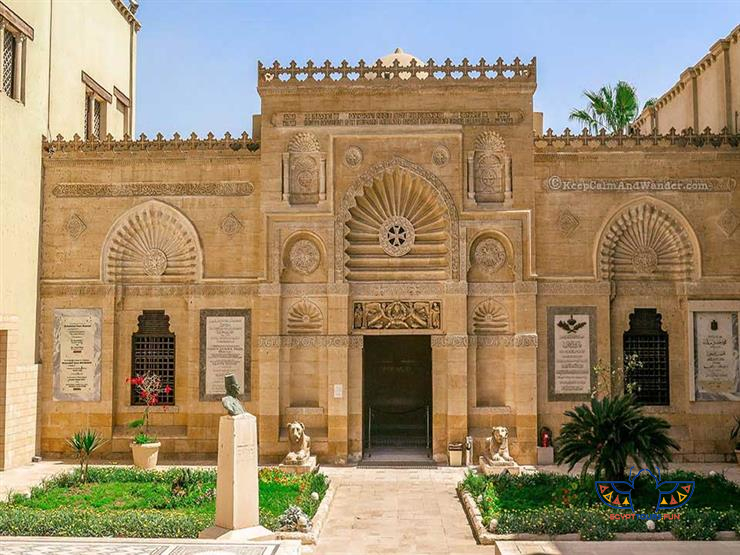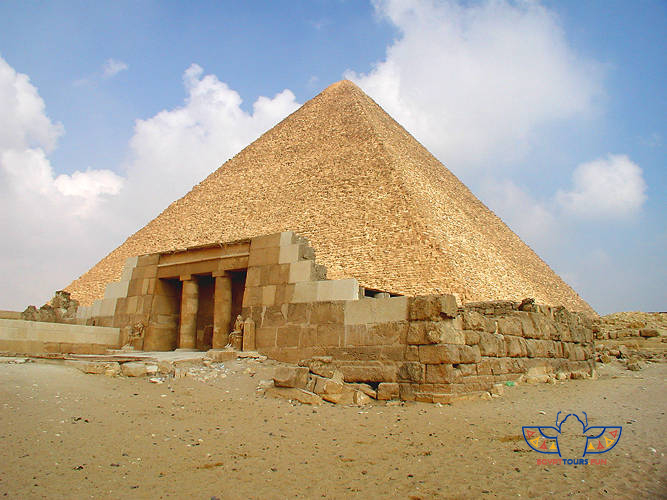The Luxor Museum: A Treasure Trove of Ancient Egyptian Artifacts
 Nestled on the east bank of the Nile in the heart of Luxor, the Luxor Museum is one of Egypt’s most distinguished cultural institutions. Unlike the larger and more crowded Egyptian Museum in Cairo, the Luxor Museum offers an intimate and curated experience, showcasing some of the finest artifacts from ancient Thebes. This article provides a detailed overview of the Luxor Museum, its history, collections, and significance, targeting the most important keywords for Google Search.
Nestled on the east bank of the Nile in the heart of Luxor, the Luxor Museum is one of Egypt’s most distinguished cultural institutions. Unlike the larger and more crowded Egyptian Museum in Cairo, the Luxor Museum offers an intimate and curated experience, showcasing some of the finest artifacts from ancient Thebes. This article provides a detailed overview of the Luxor Museum, its history, collections, and significance, targeting the most important keywords for Google Search.
1. Overview of the Luxor Museum
Location and Setting
Location: The museum is situated on the Corniche el-Nil in Luxor, overlooking the Nile River and within walking distance of the Luxor Temple.
Architecture: The museum’s modern design blends seamlessly with its surroundings, offering a serene and elegant space to explore ancient artifacts.
Mission and Vision
The Luxor Museum aims to provide visitors with a deeper understanding of ancient Thebes (modern-day Luxor) and its role as the religious and political capital of ancient Egypt.
2. History of the Luxor Museum
Establishment
Inauguration: The museum was officially opened in 1975 under the supervision of the Egyptian Ministry of Antiquities.
Expansion: A new wing was added in 2004 to house the Royal Mummies of Luxor and other significant artifacts.
Curatorial Approach
The museum is known for its quality over quantity approach, displaying a carefully selected collection of artifacts that highlight the artistry and craftsmanship of ancient Egypt.
3. Collections and Exhibits
Highlights of the Collection
Statue of Amenhotep III: A stunning quartzite statue of the pharaoh, showcasing the artistic achievements of the New Kingdom.
The Theban Triad: Statues of the gods Amun, Mut, and Khonsu, representing the divine family worshipped in ancient Thebes.
Tutankhamun’s Treasures: A selection of artifacts from the tomb of King Tutankhamun, including statues, jewelry, and ceremonial objects.
Royal Mummies: The museum’s mummy collection includes the remains of Pharaoh Ahmose I and Ramses I, displayed in a specially designed gallery.
Thematic Galleries
Religious Artifacts: Items used in temple rituals, including offering tables, stelae, and statues of gods and goddesses.
Military and Political History: Artifacts related to the military campaigns and political achievements of Theban rulers.
Daily Life: Objects that provide insights into the daily lives of ancient Egyptians, such as tools, pottery, and jewelry.
4. Significance of the Luxor Museum
Cultural Importance
The museum serves as a cultural bridge, connecting visitors to the rich history of ancient Thebes and its role as a center of religion, politics, and art.
Educational Value
The museum’s exhibits are accompanied by detailed descriptions and multimedia displays, making it an excellent resource for students, scholars, and history enthusiasts.
Tourism and Economy
As one of Luxor’s top attractions, the museum plays a vital role in promoting cultural tourism and supporting the local economy.
5. Visiting the Luxor Museum
Location and Accessibility
The museum is centrally located in Luxor, making it easily accessible by foot, taxi, or horse-drawn carriage.
Tickets and Hours
Tickets: Affordable entry fees, with discounts for students and Egyptian citizens.
Hours: Open daily from 9:00 AM to 4:00 PM, with extended hours during peak tourist seasons.
Guided Tours
Professional guides are available to provide in-depth insights into the exhibits and the history of ancient Thebes.




